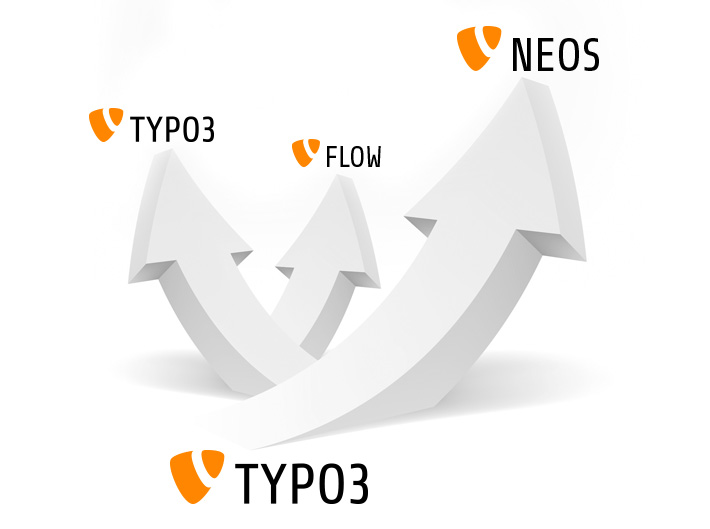
If you like your content management systems free, open-source and popular in Europe, you may want to take a ride with TYPO3. First created in 1997, TYPO3 has joined the ranks of Drupal, WordPress and Joomla as one of the world’s most popular content management systems.
This enterprise-level CMS is now used on 270,000 sites worldwide, although the bulk of its users are in Europe and its biggest market share is in German-speaking countries. It’s based on PHP and is released under a GNU General Public License.
What that means in practical terms is that TYPO3 can be freely shared and modified, leading to many useful user-created extensions.
Pros
Content editors will love TYPO3 for its ease of use. Once it’s installed, any content creator you set in front of it should be able to publish pronto. The CMS supports a wide range of content, making page design a breeze for sites that combine text, video, photos and slide shows.
A huge and dedicated support structure is another plus, with a large library of documentation and a friendly, active developer community on the discussion boards.
New functions can be added using extensions instead of by writing new code, making the platform highly flexible. It also has built-in localization and supports content in multiple languages, a major benefit for organizations with locations in several countries.
One more plus is the ability to easily undo changes. If you end up messing something up or find that a change works better in theory than in practice, you can easily restore previous versions of your pages.
Cons
Even though your content editors may dig TYPO3, administrators may not.
The system’s steep learning curve makes it a no-no for novice programmers, and administrators need to have the programming chops to navigate TYPO3’s complex scripts.
Installation and setup can also be very difficult, requiring far more time to install than Joomla or WordPress.
If you’re looking for a quick proof-of-concept site, TYPO3 is probably not the way to go. Its modularity and expandability can be a double-edged sword.
While it can be infinitely expanded, this makes it more server-resource intensive. While this may not be a factor on a small website with a small audience, the effects will be noticeable on larger sites with thousands of visitors.

